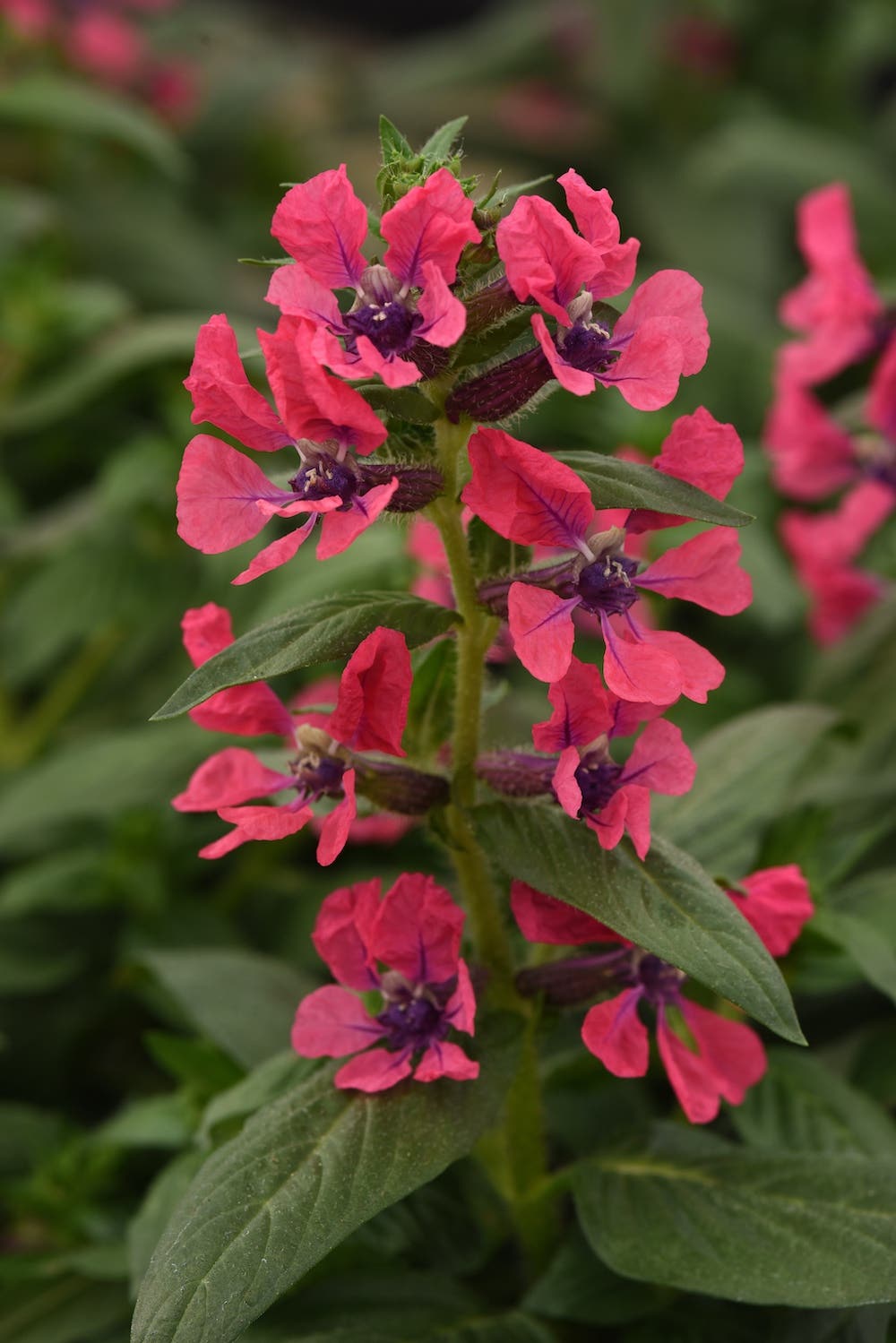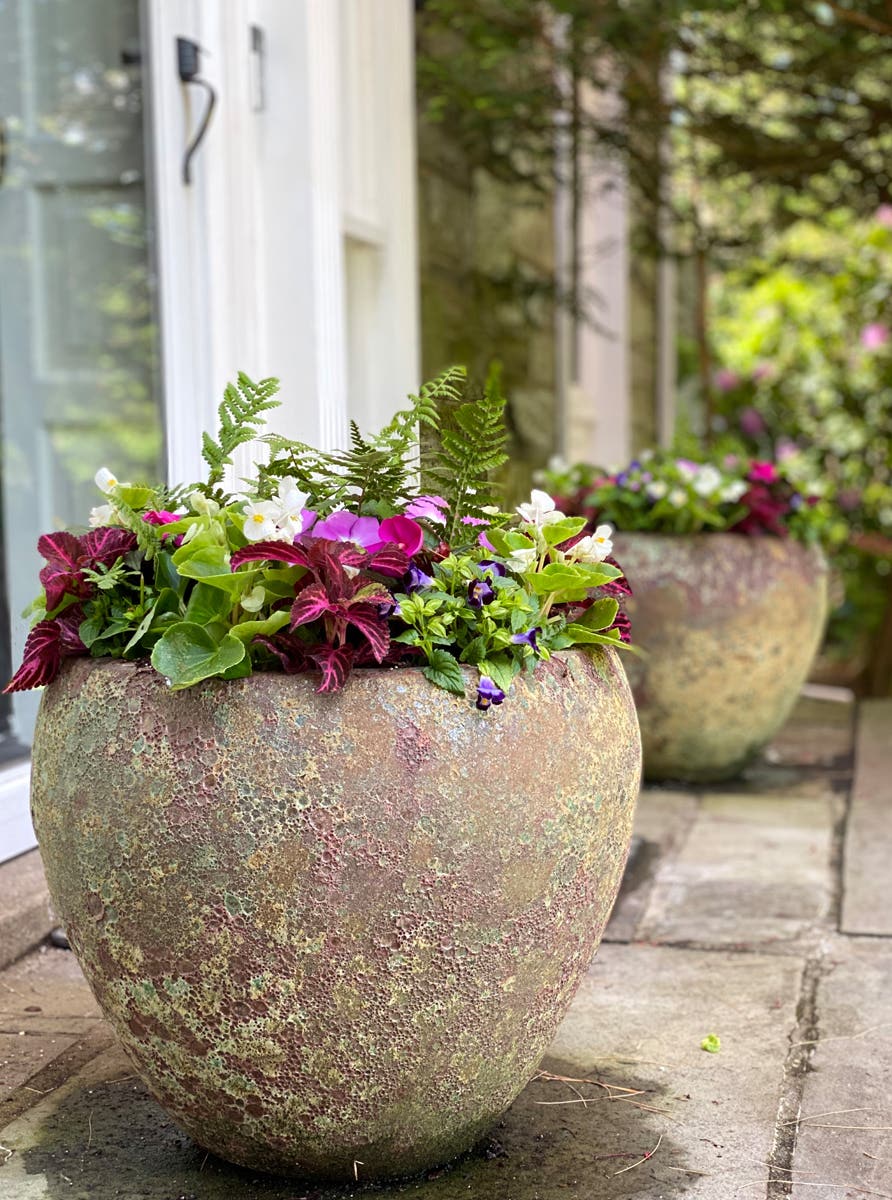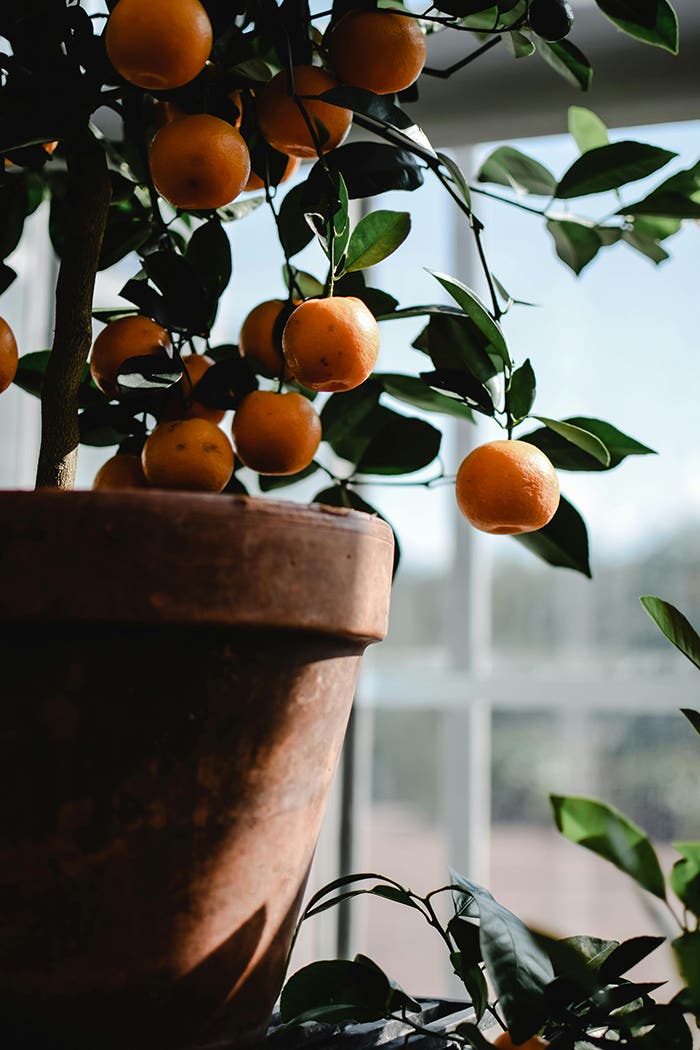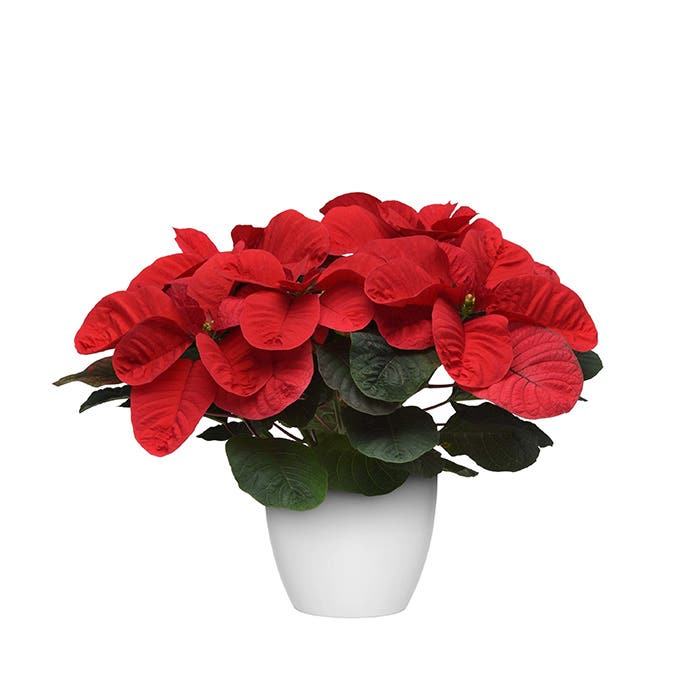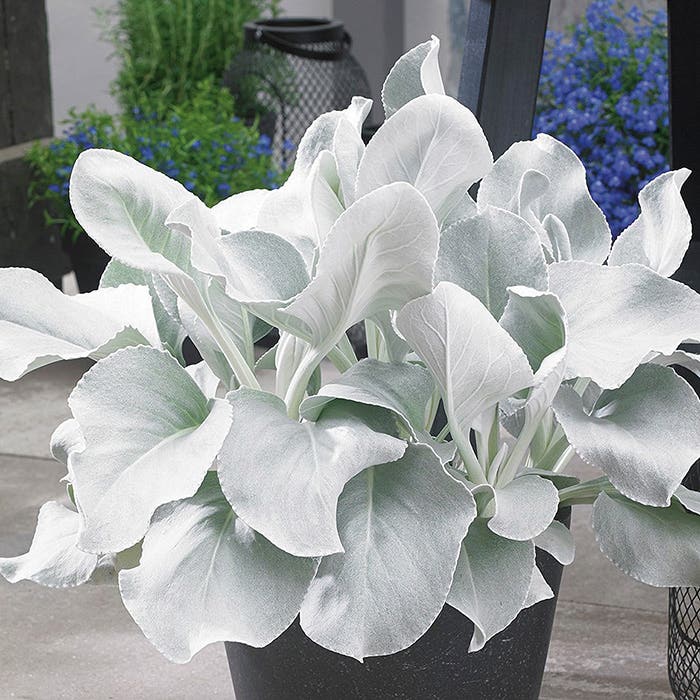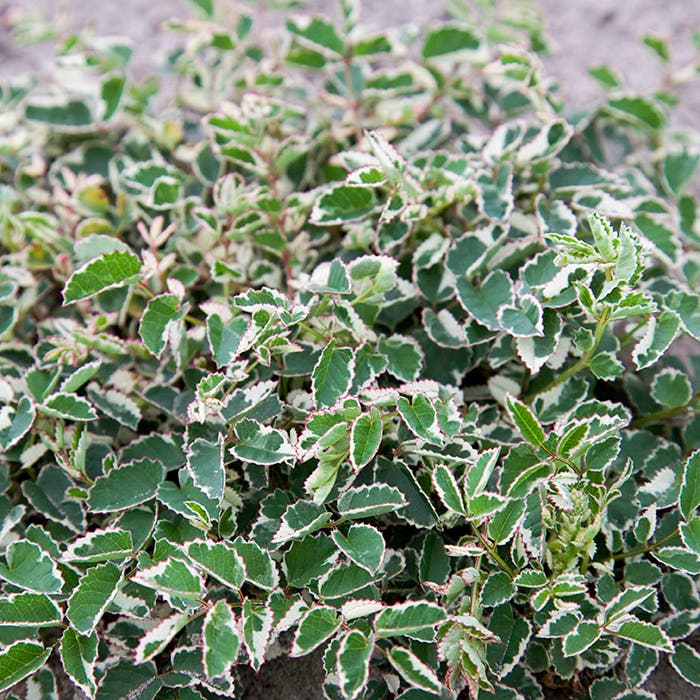The majority of houseplants benefit from a short rest from active growth at some point in the year. This rest period generally falls in winter, when light levels are lower and day length, shorter. It is an important part of houseplant care.
For some plants, the arrival of the rest period is obvious because they die back to soil level, as in cyclamen and gloxinia, or drop their leaves, as in poinsettia and some other holiday houseplants. Reduce or stop watering while such plants lie dormant. Growth is typically restarted in spring with the return of warm temperatures and stronger sunshine; the plants can be encouraged to wake up by slowly increasing watering.
Other plants, including leafy evergreen houseplants and many succulents, don't exhibit a need for rest so dramatically. However, they still need to rest, and you may notice that new growth slows or ceases. This is a good clue to reduce watering and move the plant to a cooler location. In general, this should occur in winter. Wake the plant up as the days begin to lengthen. The plant may cue you it is time by looking perkier, putting out a few new leaves, or leaning toward the light. Resume normal watering and feeding slowly and repot the plant if it needs it.


